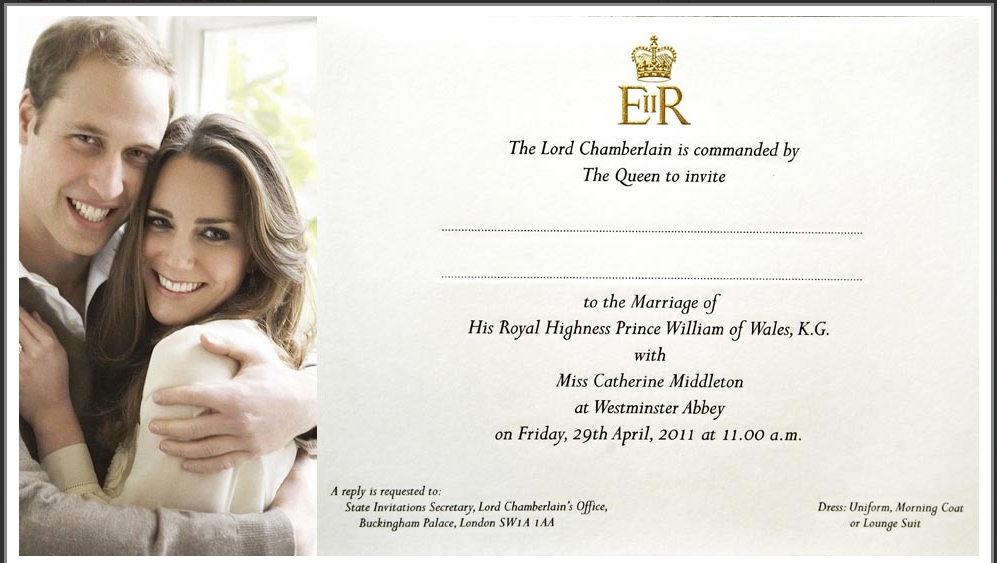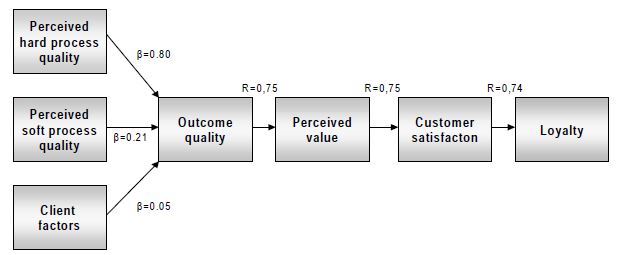
Loyal customers are the bedrock for a successful PR agency. They pay more and are cheaper to sell to than new customers. This means that companies with loyal customers earn more and therefore last longer. One study found that:
“an average company loses 20% of its customers annually due to dissatisfaction. However, if the company is able to minimize the number of dissatisfied customers, it can increase its earnings considerably.”
But how do you, as a PR professional, cultivate such loyalty? “Get your 10th campaign free” is unlikely to work. A study by Anne-Mette Sonne sheds light on the mechanism by which buyers of professional services become loyal customers.
For the study, loyalty was defined as:
- Is the customer willing to recommend the firm to a colleague or friend?
- Is it likely that the customer will choose the firm the next time he or she needs to buy a similar service?
Satisfied customers tend to be loyal customers
The study establishes first of all that loyalty is driven by customer satisfaction:
“The argument […] for [the] positive correlation between customer satisfaction, customer loyalty and earnings is that increased customer satisfaction often leads to a lower turnover of the company’s present customers. The correlation between customer satisfaction and customer loyalty has been well documented in empirical research.”
This sounds obvious, but as we’ll see below, customer satisfaction does not solely depend on delivering what you agreed.
Satisfying your customer means getting things right the first time…
Customer satisfaction is driven by different things – and one of these thing is so called “hard” quality. Hard quality are things that create the outcomes that your client is expecting (or hoping for).
Quoting from the study:
“Hard quality covers the
- professionalism
- skills
- and physical resources
that the service provider uses when working towards the technical solution.”
Which begs the question: how do customers assess this “hard quality”?
Overwhelmingly, customers judge you on your ability to get things right the first time. Think of the wedding invitation of Prince William and Princess Kate. THAT’s the quality that customers are looking for: zero errors.
This means that even small mistakes (or mistakes that seem small from your perspective) will damage customer satisfaction.
In a PR agency context, this is extremely hard, as anyone who has worked at a PR agency knows – because your clients are also contributing to the work, because there is so much implicit knowledge and external conditions change so fast that any hand over will increase the noise to signal ratio. Lastly, most of PR work is done under extreme time pressure.
There seem to be a few things that you can do to immediately increase your PR agency’s ability to get things right, though.
Have you ever had a customer complain about spelling and grammar errors in a document that you had clearly marked as “draft”? Now you know why they complained: for them, this shows a lack of professionalism and competence – and it’s very damaging to customer satisfaction.
The research shows that even work that you consider to be a draft will be judged by high standards, and that mistakes will be held against you.
One way to improve your PR agency’s ability to “get it right the first time” is to drill your people to get on the phone with customers before starting work on any kind of deliverable.
Discuss what kind of deliverable they will send over, how it will be structured and which key messages it will contain. Get buy in on all this, and send over a finished product (no typos, no grammatical errors).
Apart from working error free, solve the customer’s problem on time and on budget. Avoid mistakes, but if you make one nevertheless, correct it quickly and professionally.
…but also nurturing a good relationship
The second dimension that matters is termed “soft” process quality, which is basically the relationship between you and the client.
“Soft quality refers to the interaction process between the client and the service provider (or) the way the client is treated by the service provider during the service production process.”
The research shows that three “soft” elements in particular contribute to customer satisfaction.
- The first is the extent to which the client feels understood by the consultant. Be aware that it’s not just a matter of soft “listening skills” (empathy), but also a matter of business understanding about the industry that the customer is working in
- The second is comprehensive and consistent communication between the two
- The third is the enthusiasm the consultant demonstrates for the project
Essentially, if the client gets a positive feeling for all three, his satisfaction will increase.
The good news about all the drivers above is that they fall under your control.Unfortunately, there is one catch. The customer’s perception of satisfaction isn’t influenced solely by your actions.
Beware of the uncommitted customer
The essence of a consulting engagement is that consultant and client work together to solve a problem, therefore client-specific factors will also influence the outcome:
“The consultant’s job is to work with the client in specifying the problem and solving the project. It is a process where the client is actively participating in the service production and thereby also influences the outcome quality.”
The research shows that in particular, the allocation of client resources to the project is important. What this means is that you should beware of taking on projects the client doesn’t seem fully committed to. If you do, the client may end up having a worse opinion of you because of his own shortcomings!
Summing it up: the 3-step plan to customer satisfaction
The chart below neatly summarises what we’ve covered above, and even indicates how relatively important each factor is.
From this, we can derive a simple 3-step process to increase your customers’ loyalty:
- Make sure you deliver quality work that solves your clients problem, and get it right the first time
- Communicate consistently with the client, show him you understand his problem and show your enthusiasm for solving that problem
- Beware of taking on projects that the client doesn’t look committed to
By applying these three rules, you’ll build up a solid base of repeat customers and ensure the success of your agency for a while to come. Chances are you’ll even get some positive word-of-mouth out of it, neatly achieving the holy grail of PR efforts ![]()




